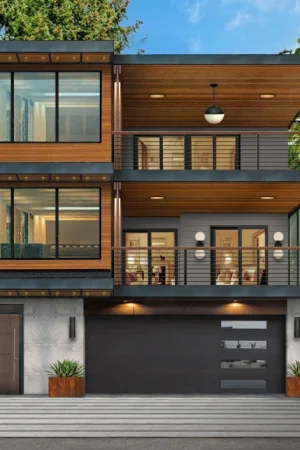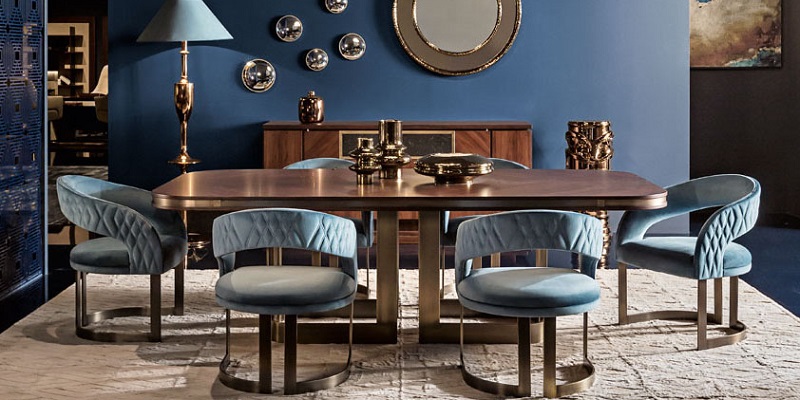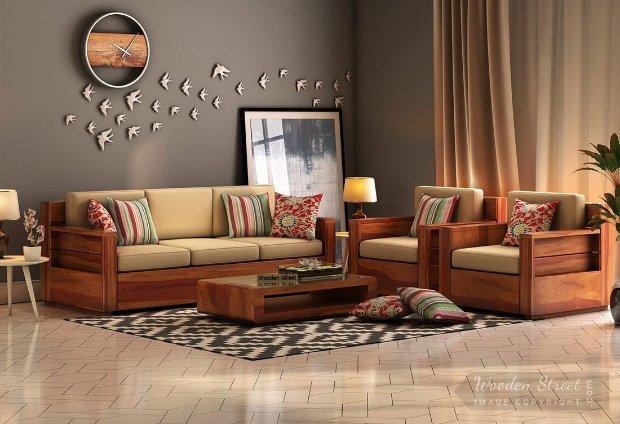Introduction: More Than Four Walls
Home. It’s one of the most emotionally loaded words in the English language. To some, it’s a physical space—a house with a roof and doors. To others, it’s a state of being, a feeling of belonging, or even a person. While architecture and design are vital components, what truly defines a home stretches far beyond bricks and mortar. In today’s increasingly transient, digital, and fast-paced world, the concept of home is undergoing a quiet but profound transformation.
The Evolving Definition of Home
In earlier generations, home was often a fixed place, typically the family house passed down or rooted in one’s place of origin. The idea was tied closely to stability, permanence, and even tradition. Today, with global mobility, remote work, and changing social norms, the modern definition of home has become more fluid and personalized.
-
Geographical freedom: With the rise of digital nomadism, home can now be a temporary Airbnb in Lisbon or a co-living space in Bali.
-
Multi-location living: More people are choosing to split their time between multiple homes, embracing both the city buzz and rural calm.
-
Emotional grounding: For many, home is no longer about where you are, but how you feel. Comfort, safety, love, and authenticity have become core values that define a space as “home.”
The Psychological Dimensions of Home
Psychologists often describe home as a psychological anchor. It is the one place in the world where we feel most in control and where we can be most authentically ourselves. A home nurtures identity and supports mental well-being.
-
Sanctuary from the world: Especially in uncertain times, home becomes a retreat, shielding us from chaos and overstimulation.
-
Memory architecture: Every home carries imprints of lived experience—be it the height marks on a kitchen wall or the quiet familiarity of creaking floorboards.
-
Personal storytelling: The design and contents of a home reflect who we are—our values, tastes, and aspirations.
When thoughtfully curated, a home doesn’t just hold a person—it mirrors them.
The Aesthetics and Function of Space
Though emotional resonance is vital, the physical characteristics of a home significantly affect how we experience it. The intersection of beauty, function, and comfort defines a successful domestic environment.
Key elements of an emotionally enriching home:
-
Natural light: Enhances mood and creates a sense of openness.
-
Thoughtful layout: Promotes ease, flow, and utility in daily routines.
-
Textural harmony: The use of wood, fabrics, and organic materials contributes to warmth and tactility.
-
Scent and sound: Candles, incense, or even the sound of a favorite playlist or bubbling kettle can evoke calm and familiarity.
Modern interior design emphasizes not just beauty, but purpose—focusing on creating spaces that promote productivity, rest, and connection.
Home as a Social and Cultural Construct
Our understanding of home is deeply shaped by culture and community. Across the globe, the rituals of domestic life—meals, gatherings, celebrations—form the heartbeat of societies.
-
Cultural identity: Homes often reflect regional styles, customs, and heritage—from Moroccan tiles to Japanese tatami mats.
-
Community impact: Neighborhoods and local bonds often reinforce the feeling of home. A friendly wave from a neighbor, or the aroma from a nearby bakery, can instill a profound sense of place.
-
Shared responsibility: Home is also about relationships. In shared spaces, cooperation, respect, and care become the scaffolding of domestic peace.
In this way, the home becomes a microcosm of society—shaped by and shaping the people within it.
The Digital Home: Blending Physical and Virtual Worlds
As our lives become more entangled with technology, the home has evolved to accommodate new forms of interaction and experience.
-
Smart homes: From voice assistants to automated lighting, technology is reshaping convenience and control in domestic life.
-
Virtual spaces: Work-from-home has expanded our perception of home into virtual domains, making the dining table a boardroom and the living room a classroom.
-
Digital warmth: Social media and video calls allow connections to flourish beyond walls, making a dispersed family feel united under one digital roof.
The digital layer of home doesn’t replace the physical—it enriches and extends its function.
Challenges of Creating and Maintaining a Home
Despite its romantic connotations, building a true home can be complex. It requires intention, resilience, and effort.
Common challenges include:
-
Affordability: In many cities, housing costs make stable, comfortable living difficult to attain.
-
Instability: Frequent moves due to jobs or personal reasons can erode the roots that help home feel permanent.
-
Emotional baggage: Not all homes are sanctuaries. For some, they carry trauma or dysfunction.
These challenges highlight the importance of making conscious, compassionate choices when crafting a home environment.
Crafting a Home That Feels Like You
Creating a space that genuinely feels like home is both an art and a personal journey. It’s not about following trends, but listening to your inner needs and lifestyle.
Tips for nurturing a true sense of home:
-
Personalize your space: Surround yourself with items that bring joy or meaning.
-
Practice rituals: Whether it’s Sunday morning pancakes or evening tea, routines foster emotional grounding.
-
Design with intention: Consider how each space serves you—not just functionally, but emotionally.
-
Welcome change: Let your home evolve as you do. Growth and transformation are natural.
Conclusion: Coming Home to Yourself
Ultimately, the essence of home lies not just in where we live, but how we live. It is a relationship—between our inner world and the spaces we inhabit. Whether in a sprawling countryside estate or a modest urban studio, the feeling of home is forged through care, presence, and personal truth.
In a world where mobility, technology, and cultural shifts redefine our physical surroundings, home remains our most intimate masterpiece—forever evolving, but always echoing the quiet, sacred whisper: you belong here.










